1894
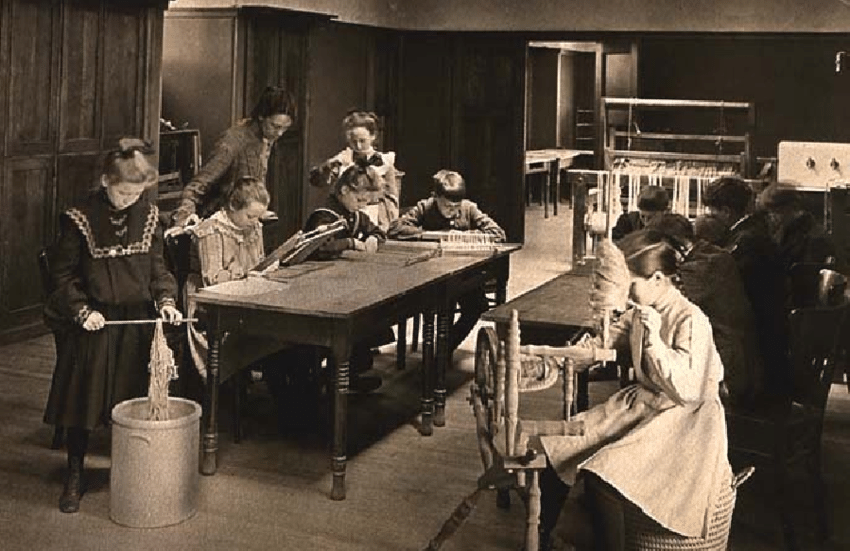
John Dewey and his colleagues form the ‘Chicago School’ which emobided pragmatism and experi-mentation in teaching and learning.
CPS schools are mostly made up of Black and Latino students, many who come from low-income families. However, racist policies have spatailly confined black and brown students in Chicago neighbourhoods. From 'Willis Wagons' in the 60s to the closing down of neighbourhood schools in 2013, the legacy of segregation and inequity of access to resources permeates into education. The deteriorating buildings and underenrollment in CPS schools justify their closing down. The abundance of alternative schools such as charter schools, magnet schools, and selective-enrollement schools attest to the poor quality of education in Chicago’s public schooling system. CPS used much of their funding in constructing special schools which cater to middle-class white students. The idea of 'choice' is controversial as it abandons existing neighbourhood public schools. The marketization of education has been criticized to profit off of black and brown bodies and continue to do so systemically.
In LeClaire Courts, Hearst Public Elementary School had portables (1970-71) in the public housing site to accomodate the overenrollment to an underenrollment as a result of the displacement of public housing residents in 2011. Such significant event lead Hearst to participate in such marketization of education by specializing as a fine arts magnet school to remain in function. In a matter of years, Hearst was no longer under the threat of school closure to reaching a Level 1+ SQRP rating.

John Dewey and his colleagues form the ‘Chicago School’ which emobided pragmatism and experi-mentation in teaching and learning.
Influx of Migrants lead to overcrowding in Chicago Public Schools (CPS).

Teachers strike due to budget cuts by the school board.

‘Willis Wagons’ (portables) are introduced to relieve overcrowding in predominantly African American schools.
Magnet schools are launched as a tool to desegregate public schools.
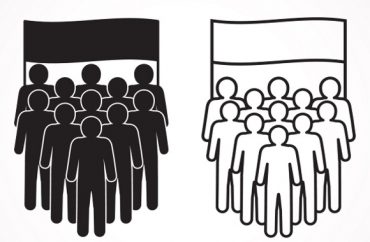
Known as the ‘White Flight,’ the white population relocate to the suburbs and/or enroll in private schools.
A school desegregation agreement is signed.

Nine CPS strikes occur for reasons such as wage disputes and resource accessibility.
The School Reform Act is passed.
Charter schools are launched to allow for choice and specialization.
The Chicago School Reform Amendmentatory Act is passed.
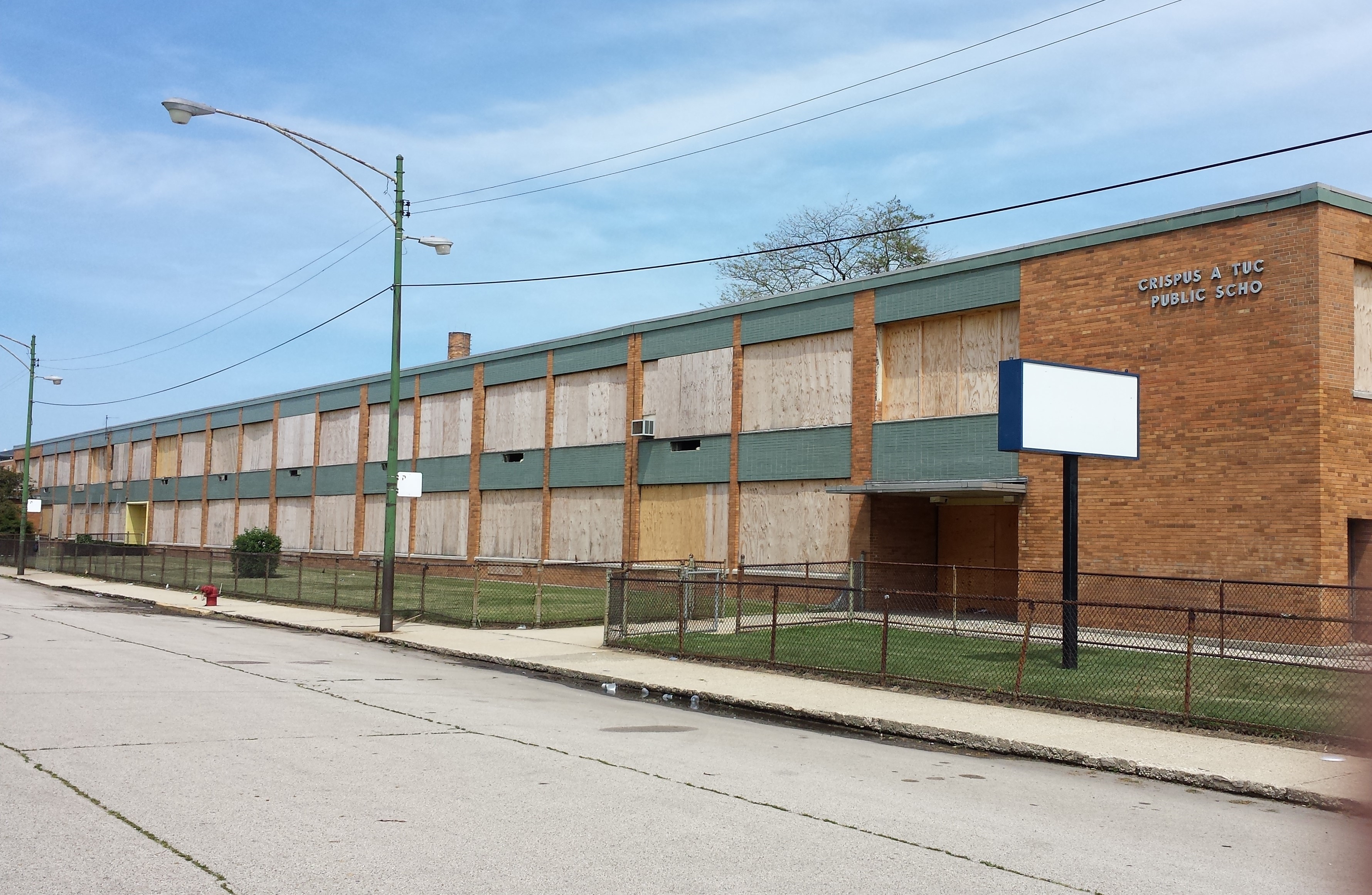
CPS closes 3 failing elementary schools.
Released report reveals that only 45% of CPS graduates receive a post-secondary degree.
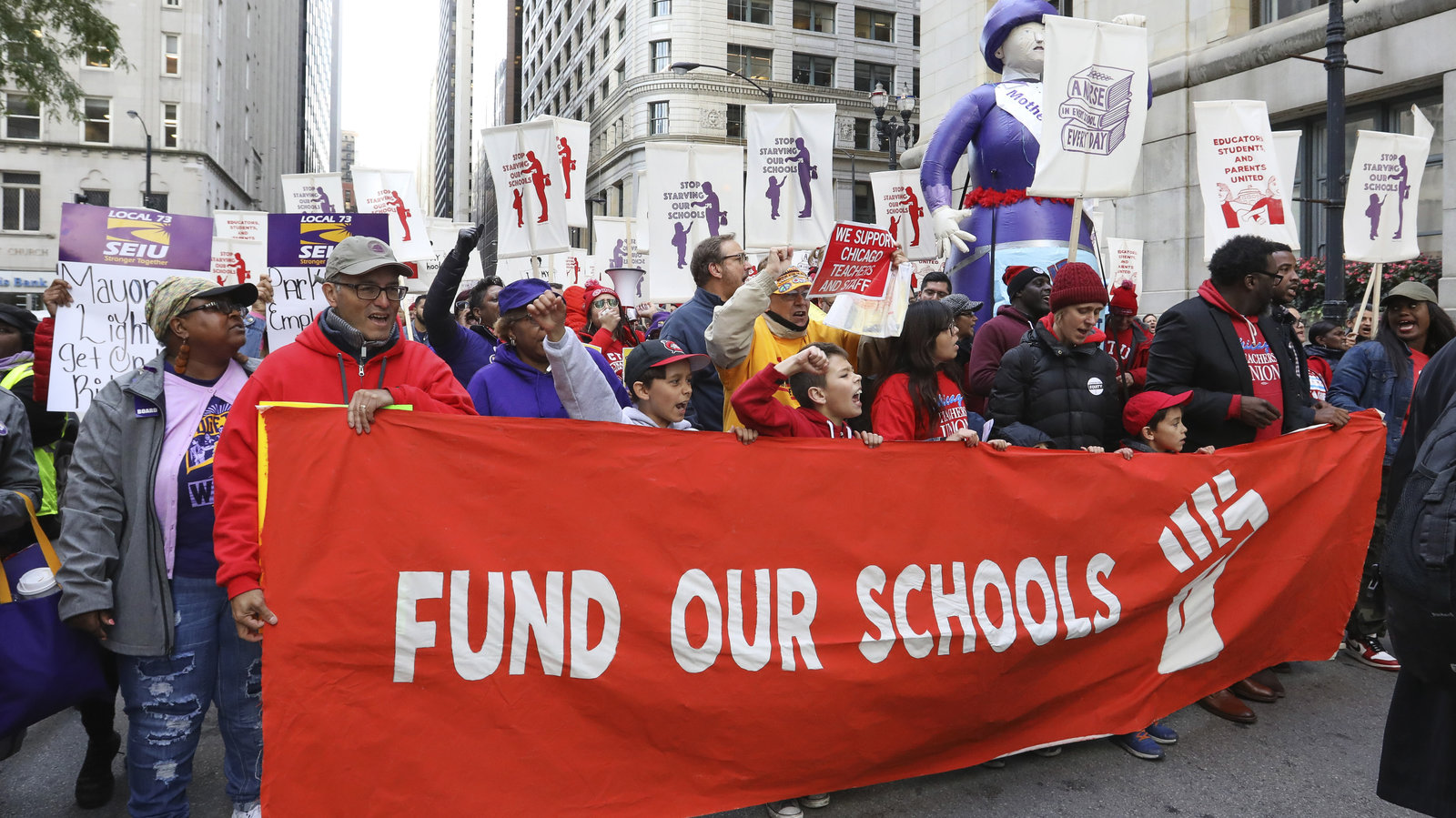
Teachers strike after 25 years due to policy issues and matters of wages, hours, and benefits.
CPS closes 49 schools.
Seven charter schools are approved while 550 CPS teachers are laid off.
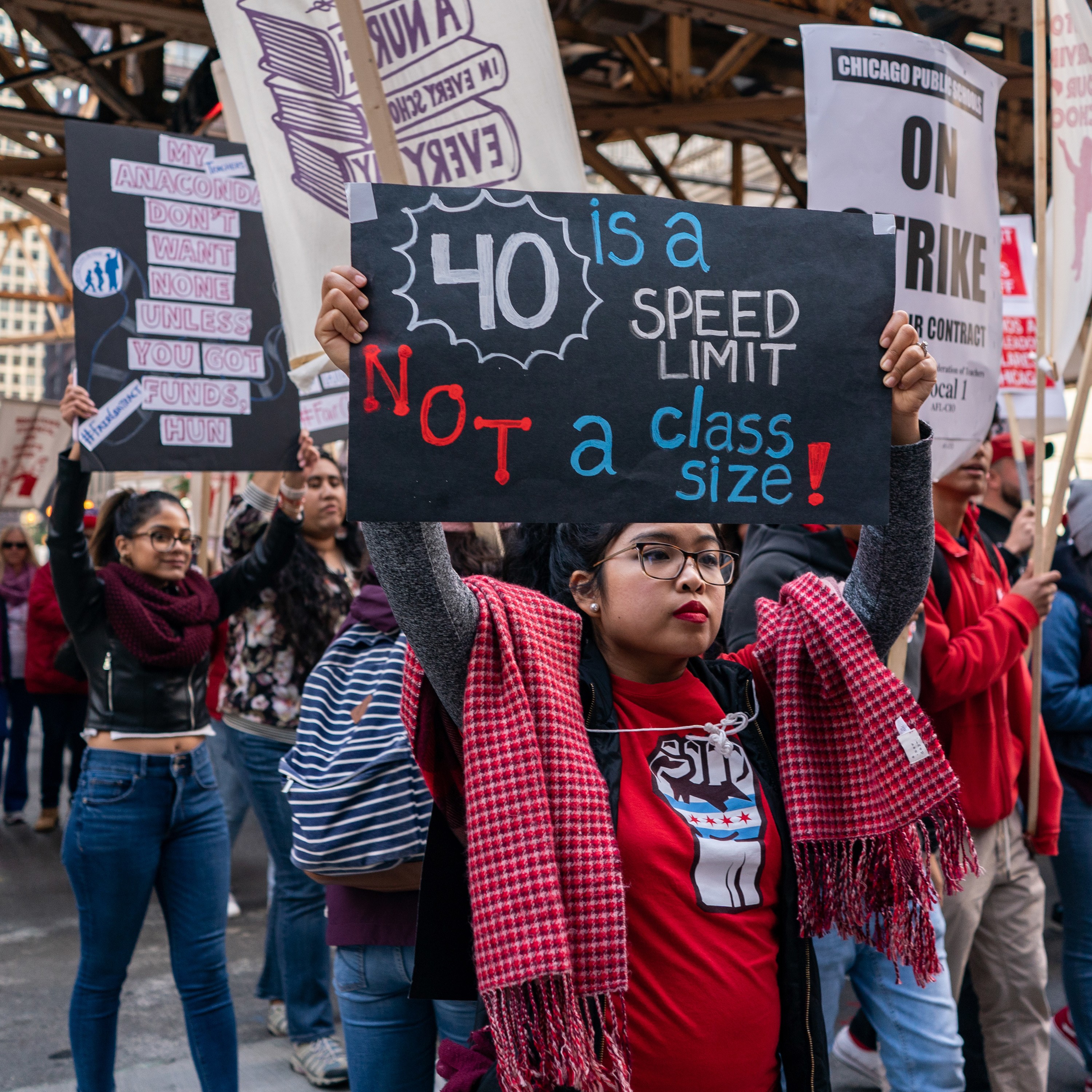
Teachers strike for 11 days due to financial issues, class sizes, and access to resources.